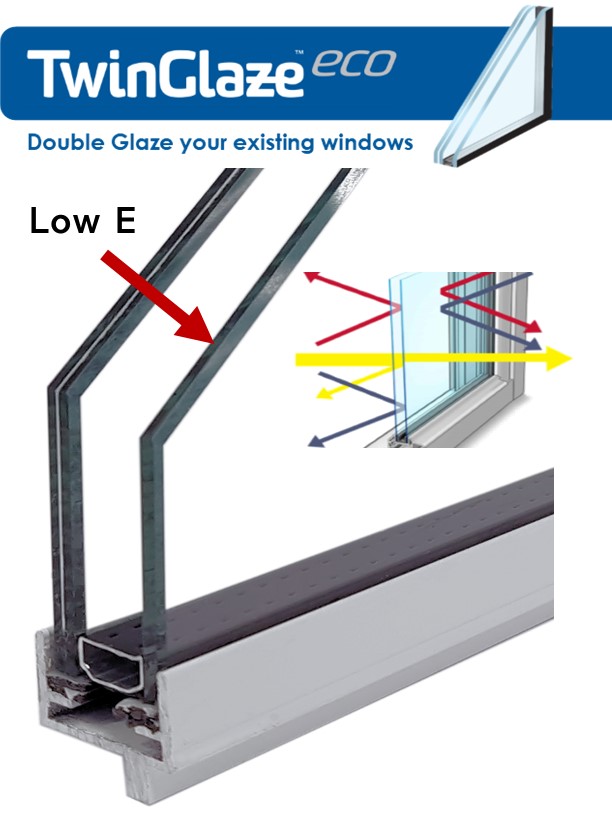All Categories
Featured
Table of Contents
Insulated Glass Unit – Igu in Huntingdale WA
That window can transmit more solar heat in winter season than in summertime. A west-facing window on a summer's afternoon has an angle of occurrence from near 0 approximately 30 with a big effective area of solar radiation. A north-facing window, in summertime, has a high angle of incidence and a low effective location of solar radiation, so can transmit less heat than a west-facing one.

You can quickly and quickly enhance the thermal efficiency of your house by changing your windows. There are thousands of types of glass and frames to select from.
Single, Double Or Secondary Glazing, Which Is The Best ... in Warnbro Western Australia
Single glazing with clear glass is not very effective when it comes to heat loss or gain. To enhance efficiency, you can use single glazing with a more energy-efficient type of glass such as low emissivity (low-e) glass.
Numerous layers can be assembled with sealed cavities between each sheet of glass. IGUs typically provide better energy efficiency than single glazing, since they send less energy. Nevertheless, the energy performance of IGUs also depends upon: the homes of each layer of glass. Various glass types (for example, clear and low-e glass) can be put together in an IGU.
Canberra Window Replacement - Upvc Double Glazed ... in Quinns Rocks Western Australia

IGU cavities can be filled with air or a more inert, low-conductivity gas such as argon the width of the cavity. Cavity thickness is usually 6 to 18mm. Wider cavities supply lower (much better) U values, with 12mm generally accepted as the preferred gap how well the cavity is sealed. Cavities need to be dry and well sealed to avoid moisture getting in.
If argon is set up to the cavity in location of air, moisture is dependably omitted the level of desiccant (drying agent). The spacer (metal or polymer strip) that separates the glass layers includes a desiccant to absorb any moisture. Insufficient desiccant may cause moisture to condense on the glass surface area in cold conditions, minimizing thermal performance.
Brisbane's Best Double Glazed Windows in Success Perth
In fact, IGUs can deliver better energy performance for all climates, particularly in heated and air-conditioned homes. Cross-section information of single, double and triple-glazing systems Low emissivity glass (frequently understood as low-e glass) lowers heat transfer. Low-e glass might be either high or low transmission: High transmission low-e glass has a covering that permits daytime from the sun to pass into your house to accomplish excellent solar heat gain, however reduces the amount of the long wavelength infrared heat that can get away back through the window.
Low-e glass has either a pyrolytic coating or a vacuum-deposited thin film metal finish. Pyrolytic finishings are durable and can be used for any glazing; vacuum-deposited coatings are soft and are just utilized within IGUs. Low-e finishes can considerably improve both U worth and SHGC; however, they must be utilized properly or they will either weaken or stop working to carry out as required.
Glass Selector - Custom Single & Double Glazed ... in Bedford Western Australia
Low-e coatings can be used in combination with clear, toned or reflective glass. Low-e coatings on glazing can minimize heat transfer where needed Image: Department of Market, Science, Energy and Resources Toned glass has colouring additives consisted of during manufacture. It is available in various colours, generally bronze, grey, blue and green.
Latest Posts
Home Window Glazing - Sustainability Victoria in Carmel WA
Windows Of Opportunity: Your Guide To High-performance ... in Kallaroo WA
Double Glazing Windows in Rockingham WA